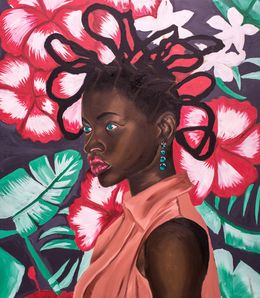
Black Beauty
Olaosun Oluwapelumi
Painting - 88.9 x 76.2 x 2.5 cm Painting - 35 x 30 x 1 inch
CHF 1,531
Portraiture is one of the most important subjects in painting. The discipline has changed significantly over time and has a fascinating history.
In antiquity, portraits were exclusively reserved for gods and the most influential people in society. Paintings and statues representing the bodies of the deceased were erected to decorate tombs in Egypt. They weren't realistic but rather had a very standardized way of representing each part of the body.
In contrast to the Egyptians, painters and sculptors in Greece, who had a more in depth knowledge of the human anatomy, were more concerned about realism. Many portrait paintings from this period were done on vases and depicted gods and mythological scenes.
In the Middle Ages, most portraits paintings were commissioned and featuring the most important people of the time; they were painted into religious scenes to emphasize their piety and faith, along with their social status. Once these works of art had been painted, they were often donated to churches and monasteries.
The Renaissance marked a renewal for the arts and portrait painting was no exception. At the beginning of this period, artists were unconcerned about lifelike, realistic work. Sitters or the subjects represented were identifiable through the use of symbolic objects and the inclusion of their name.
Giotto revolutionized portraiture by imitating sculpture. He began to paint shadows, the subjects' expressions, effects of depth and began to use foreshortening. His knowledge soon began to spread.
Brunelleschi then introduced the idea of perspective in architecture, a concept which Masaccio adapted to painting. Italy became the center of portrait painting and the most important Italian families (including the Médici family) commissioned artwork by the best painters. Competition between these painters led them to innovate and led them to produce some of the greatest artworks in history. The most famous is undoubtedly the Mona Lisa by Leonardo de Vinci.
In Northern Europe during the 16th century, Flemish art was restricted by iconoclasm during the Reformation, a period during the depiction of religious figures was banned. Artists turned to courtly art which was particularly popular during the following centuries. A century earlier, Flemish art had marked a turning point with Jan Van Eyck, the inventor of oil painting (the preferred painting technique of Renaissance painters) and master of detailed realism, who influenced an entire generation of Flemish painters.
Over the following centuries, portrait painting continued to be an art form for the elite of society, but painters grew increasingly concerned about depicting realistic figures and communicating the sitter's inner world and emotions. The 20th century saw a growing trend: subjects were not painted to look beautiful (sometimes to their great dismay).
At the end of the 19th century, Impressionist painters became less reliant on sculpted models and sculpture's influence. They left their studios and painted portraits outside, “en plein air." They captured the light as they saw it and painted groups of people together rather than in in several stages.
Modern and contemporary art of the 20th century saw anything go when it came to portraits. Artists like Gustav Klimt, Pablo Picasso, Paul Gauguin and Lucien Freud turned traditional techniques and codified rules on their heads and developed their own unique styles.
Discover portraits by Philippe Pasqua, Robert Combas, Guangyu Dai and Erró on Artsper.
Save your search and find it in your favorites
Save your search to find it quickly
Saved search
Your search is accessible from the favorites tab > My favorite searches
Unsaved search
A problem occurred

Painting - 88.9 x 76.2 x 2.5 cm Painting - 35 x 30 x 1 inch
CHF 1,531

Painting - 100.1 x 100.1 x 4.6 cm Painting - 39.4 x 39.4 x 1.8 inch
CHF 2,212




Painting - 61 x 61 x 2.5 cm Painting - 24 x 24 x 1 inch
CHF 1,446
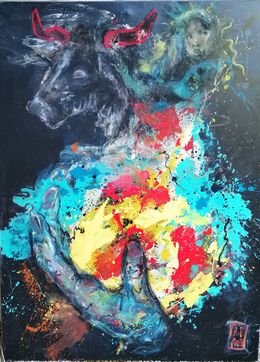
Painting - 130 x 93 x 4.5 cm Painting - 51.2 x 36.6 x 1.8 inch
CHF 1,090 CHF 872

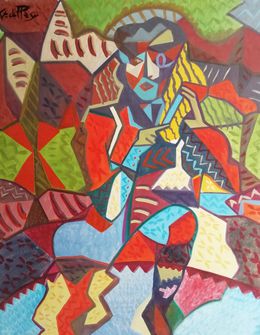
Painting - 61 x 50 x 2 cm Painting - 24 x 19.7 x 0.8 inch
CHF 535
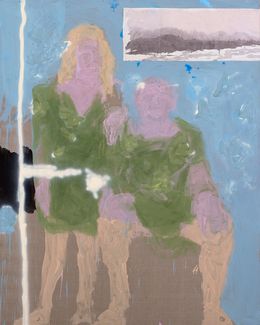
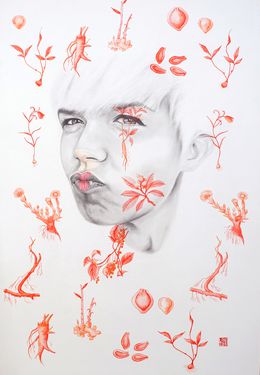

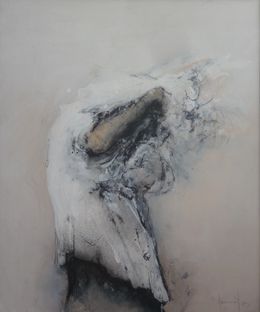
Painting - 117 x 97 x 3 cm Painting - 46.1 x 38.2 x 1.2 inch
CHF 2,337

Painting - 104.9 x 99.8 x 2 cm Painting - 41.3 x 39.3 x 0.8 inch
CHF 1,701

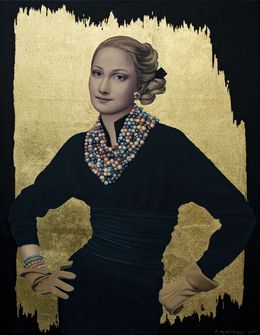
Painting - 80 x 60 x 1.5 cm Painting - 31.5 x 23.6 x 0.6 inch
CHF 1,266
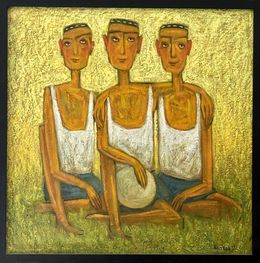

Painting - 50 x 40 x 2 cm Painting - 19.7 x 15.7 x 0.8 inch
CHF 298

Painting - 76.2 x 61 x 2.5 cm Painting - 30 x 24 x 1 inch
CHF 1,999
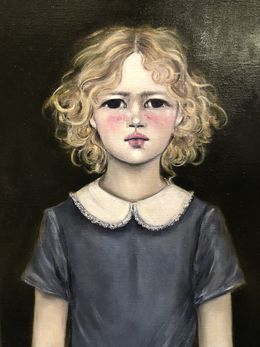
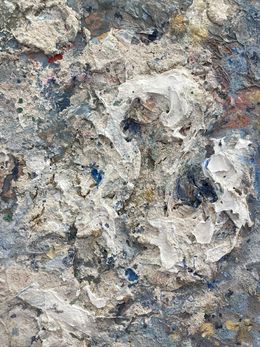

Painting - 65 x 54 x 4 cm Painting - 25.6 x 21.3 x 1.6 inch
CHF 974
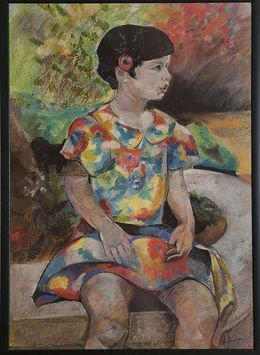
Painting - 82 x 58 x 1 cm Painting - 32.3 x 22.8 x 0.4 inch
CHF 779

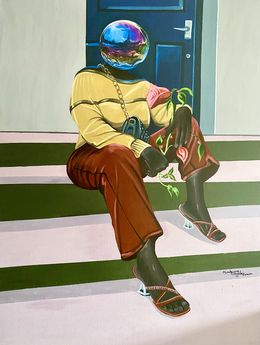
Painting - 121.9 x 94 x 2.5 cm Painting - 48 x 37 x 1 inch
CHF 1,574

Painting - 70 x 50 x 3 cm Painting - 27.6 x 19.7 x 1.2 inch
CHF 1,168
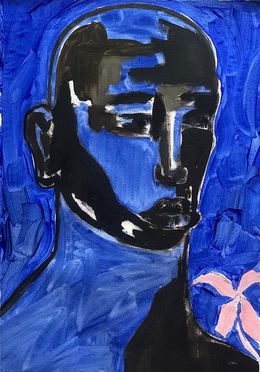
Painting - 61 x 55.9 x 2.5 cm Painting - 24 x 22 x 1 inch
CHF 723
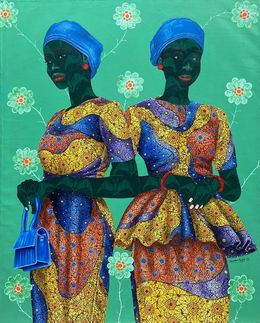
Painting - 152.4 x 121.9 x 2.5 cm Painting - 60 x 48 x 1 inch
CHF 3,403
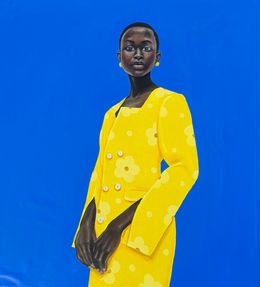

Painting - 55 x 55 x 3.5 cm Painting - 21.7 x 21.7 x 1.4 inch
CHF 974
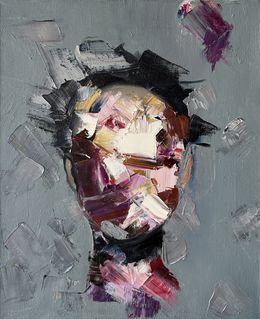

Painting - 70 x 50 x 0.4 cm Painting - 27.6 x 19.7 x 0.2 inch
CHF 594


Painting - 80 x 90 x 2 cm Painting - 31.5 x 35.4 x 0.8 inch
CHF 1,071
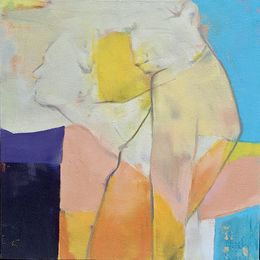
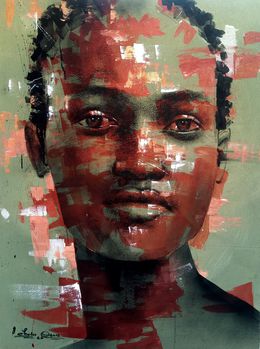
Painting - 121.9 x 91.4 x 2.5 cm Painting - 48 x 36 x 1 inch
CHF 2,892
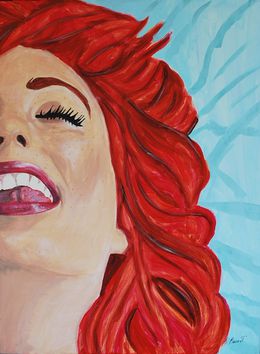
Painting - 82 x 60 x 2 cm Painting - 32.3 x 23.6 x 0.8 inch
CHF 2,142

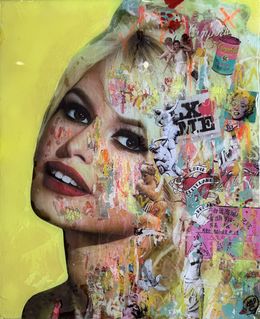
Painting - 60 x 50 x 2.5 cm Painting - 23.6 x 19.7 x 1 inch
CHF 1,266

Painting - 40 x 40 x 4 cm Painting - 15.7 x 15.7 x 1.6 inch
CHF 584




Painting - 91.4 x 61 x 2.5 cm Painting - 36 x 24 x 1 inch
CHF 1,701

Painting - 101.6 x 80 x 2.5 cm Painting - 40 x 31.5 x 1 inch
CHF 2,178

Painting - 80 x 100 x 2 cm Painting - 31.5 x 39.4 x 0.8 inch
CHF 974 CHF 876

Painting - 122 x 92 x 4 cm Painting - 48 x 36.2 x 1.6 inch
CHF 1,460
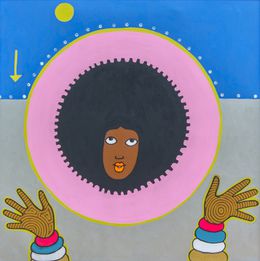

Painting - 116 x 89 x 3 cm Painting - 45.7 x 35 x 1.2 inch
CHF 24,340
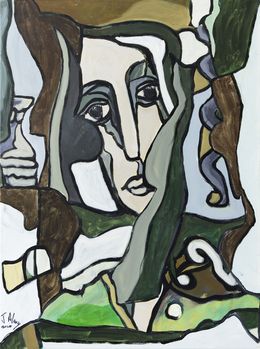
Painting - 81 x 60 x 2 cm Painting - 31.9 x 23.6 x 0.8 inch
CHF 1,217


Painting - 61 x 61 x 1 cm Painting - 24 x 24 x 0.4 inch
CHF 769


Painting - 101.6 x 76.2 x 2.5 cm Painting - 40 x 30 x 1 inch
CHF 1,446

Painting - 100 x 90 x 2.5 cm Painting - 39.4 x 35.4 x 1 inch
CHF 3,700
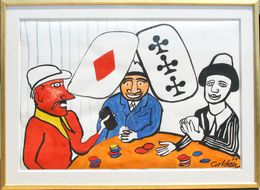
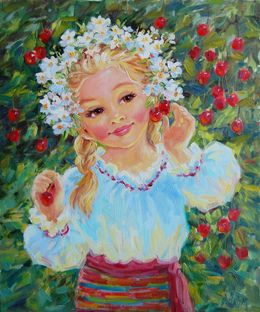



Painting - 100 x 80 x 2 cm Painting - 39.4 x 31.5 x 0.8 inch
CHF 10,209


Painting - 100 x 100 x 3 cm Painting - 39.4 x 39.4 x 1.2 inch
CHF 3,602

Painting - 121.9 x 91.4 x 5.1 cm Painting - 48 x 36 x 2 inch
CHF 2,765

Painting - 91.4 x 76.2 x 2.5 cm Painting - 36 x 30 x 1 inch
CHF 1,838
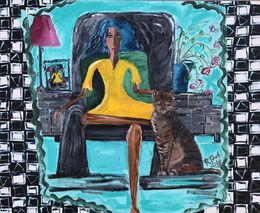


Painting - 70 x 70 x 3 cm Painting - 27.6 x 27.6 x 1.2 inch
CHF 662
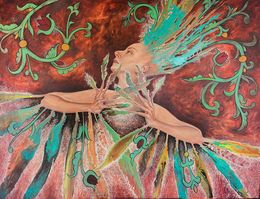
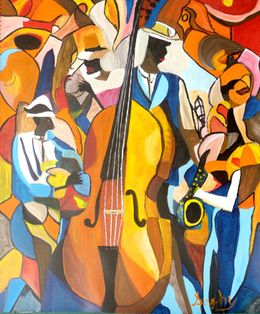
Painting - 45.7 x 38.1 x 0.8 cm Painting - 18 x 15 x 0.3 inch
CHF 647



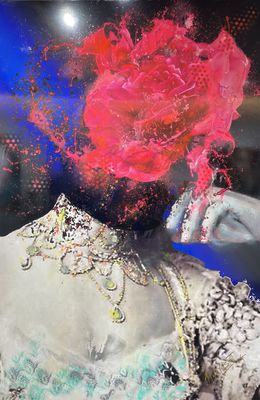
Painting - 180 x 120 x 1 cm Painting - 70.9 x 47.2 x 0.4 inch
CHF 6,815

Painting - 100 x 80 x 2 cm Painting - 39.4 x 31.5 x 0.8 inch
CHF 1,753

Painting - 81 x 20 x 1.5 cm Painting - 31.9 x 7.9 x 0.6 inch
CHF 964

Painting - 100 x 80 x 3 cm Painting - 39.4 x 31.5 x 1.2 inch
CHF 2,142

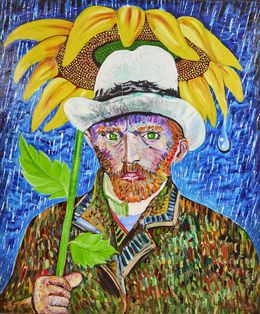
Painting - 120 x 100 x 3 cm Painting - 47.2 x 39.4 x 1.2 inch
CHF 3,164



Painting - 121.9 x 91.4 x 2.5 cm Painting - 48 x 36 x 1 inch
CHF 2,765

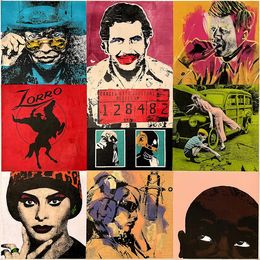

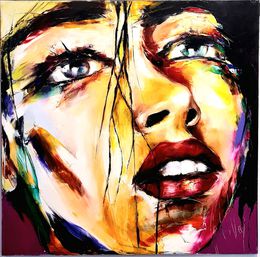

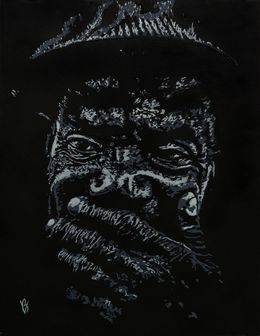

Painting - 55 x 46.5 x 1.5 cm Painting - 21.7 x 18.3 x 0.6 inch
CHF 584
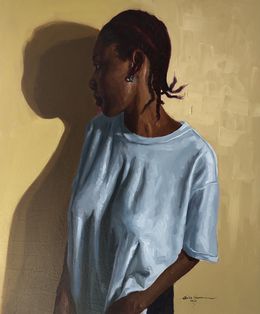
Painting - 96.5 x 81.3 x 2.5 cm Painting - 38 x 32 x 1 inch
CHF 2,637

Painting - 93 x 70 x 3.5 cm Painting - 36.6 x 27.6 x 1.4 inch
CHF 2,142

Painting - 70 x 90 x 2 cm Painting - 27.6 x 35.4 x 0.8 inch
CHF 2,045

Painting - 121.9 x 121.9 x 2.5 cm Painting - 48 x 48 x 1 inch
CHF 1,914
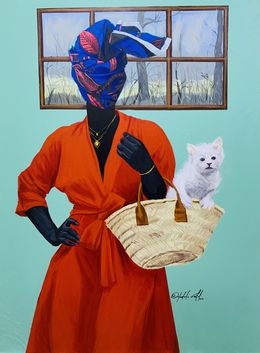
Painting - 121.9 x 91.4 x 2.5 cm Painting - 48 x 36 x 1 inch
CHF 2,127
A portrait painting is a painted artwork that depicts a person. A portrait painting usually depicts the upper body of a sitter, for example from the shoulders up.
A portrait can be created in various different art styles and forms, including sculpture, painting and drawing.
A portrait can be considered a good work of art for a variety of reasons, including its handling of light, tone and color, its likeness to the person it represents, or its expression of emotion.
Choose your preferences
The art is yours
The art is yours